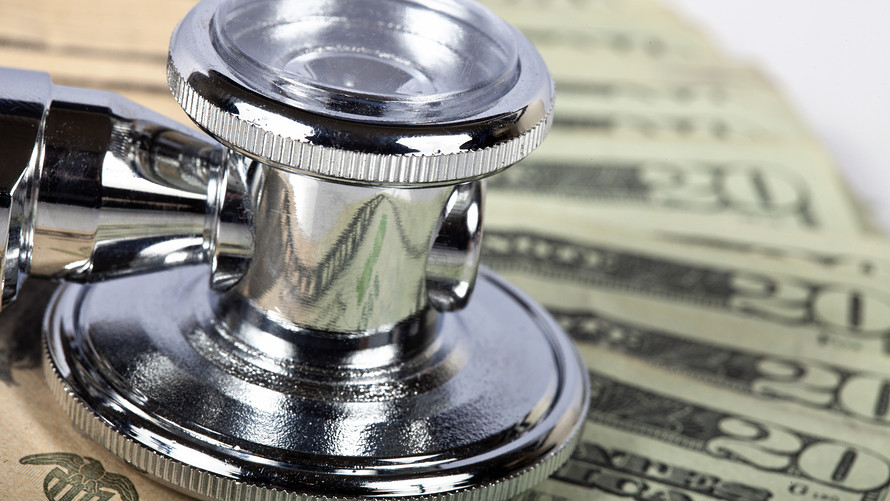
Emergencies are expensive.
On Wednesday, personal finance site GoBankingRates.com unveiled calculations for how much different emergencies might actually cost the average American, using Census Bureau, FEMA, HomeAdvisor, Insurance.com and other data. And brace yourselves, America, most of them cost far more than you’ve got saved.
Average cost of emergencies
| Job loss, government shutdown, furlough | $28,824 (based on 6 months of median income) |
| Hurricane or tornado | $7,232 (based on the average national average homeowners pay for the cost for repairs; out-of-pocket charges vary significantly based on your insurance provider) |
| Flood | $26,807 (based on cost to your home and personal property, taking into account that most homeowners’ insurance policies don’t cover flood) |
| Earthquake | $4,529 (based on the average national average homeowners pay for the cost for repairs; out-of-pocket charges vary significantly based on your insurance provider) |
| Medical emergency | $1,322 (based on the average out-of-pocket cost) |
| Car accident | $775 (based on the average out-of-pocket cost) |
| Sudden death of a loved one | $10,833 (based on funeral-related costs) |
| Fire | $12,635 (based on the average national average homeowners pay for the cost for repairs; out-of-pocket charges vary significantly based on your insurance provider) |
Of course, these emergencies can vary widely in cost, and not all of them will impact everyone, but here’s the reality: It’s likely that you will get hit with an unexpected expense, and soon. In an American Express survey, nearly half of Americans had been hit with an unexpected cost in the past year — with car trouble, health issues and home issues being the most prevalent.
Many of us simply can’t afford those expenses. Nearly one in four Americans (23%) has nothing socked away for an emergency, according to data released in 2018 from personal finance site Bankrate. Another 22% has fewer than three months of income, and 18% have 3-5 months. Just 29% say they have six months or more.
Of course, there is no way that most of us can cover all of these disasters that could befall us, says Andrew Depietro, the lead researcher at GoBankingRates.com. So how much should you aim to save if you want to protect yourself from the various emergencies like fire or job loss? A lot of expert advice says having 3-6 months of income saved is perfect, but others say you may want more.
“My ideal scenario is to have a year’s worth of expenses in an emergency fund,” says Mitchell C. Hockenbury, a certified financial planner at 1440 Financial Partners in Kansas City. “We can’t cover all risks, but those that have a 12 month emergency fund can weather the storm and come out the other side a bit easier.”
You should also “look at your financial circumstances” to see how much to save, says Patrick Meyer, the director of wealth management client services at Unified Trust Company in Lexington, Ky. So someone who is in a volatile industry or is a gig economy worker will want to sock away a little more, he explains. Or if you’re planning to do something like sell your house, you may want to sock away more, as there could be repairs or other issues you’ll need to deal with.
